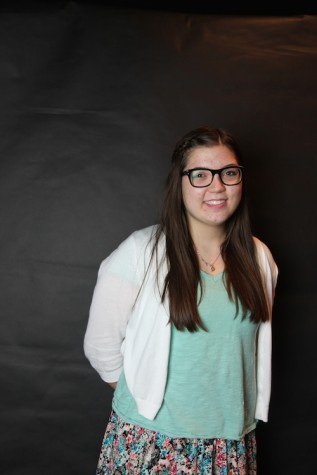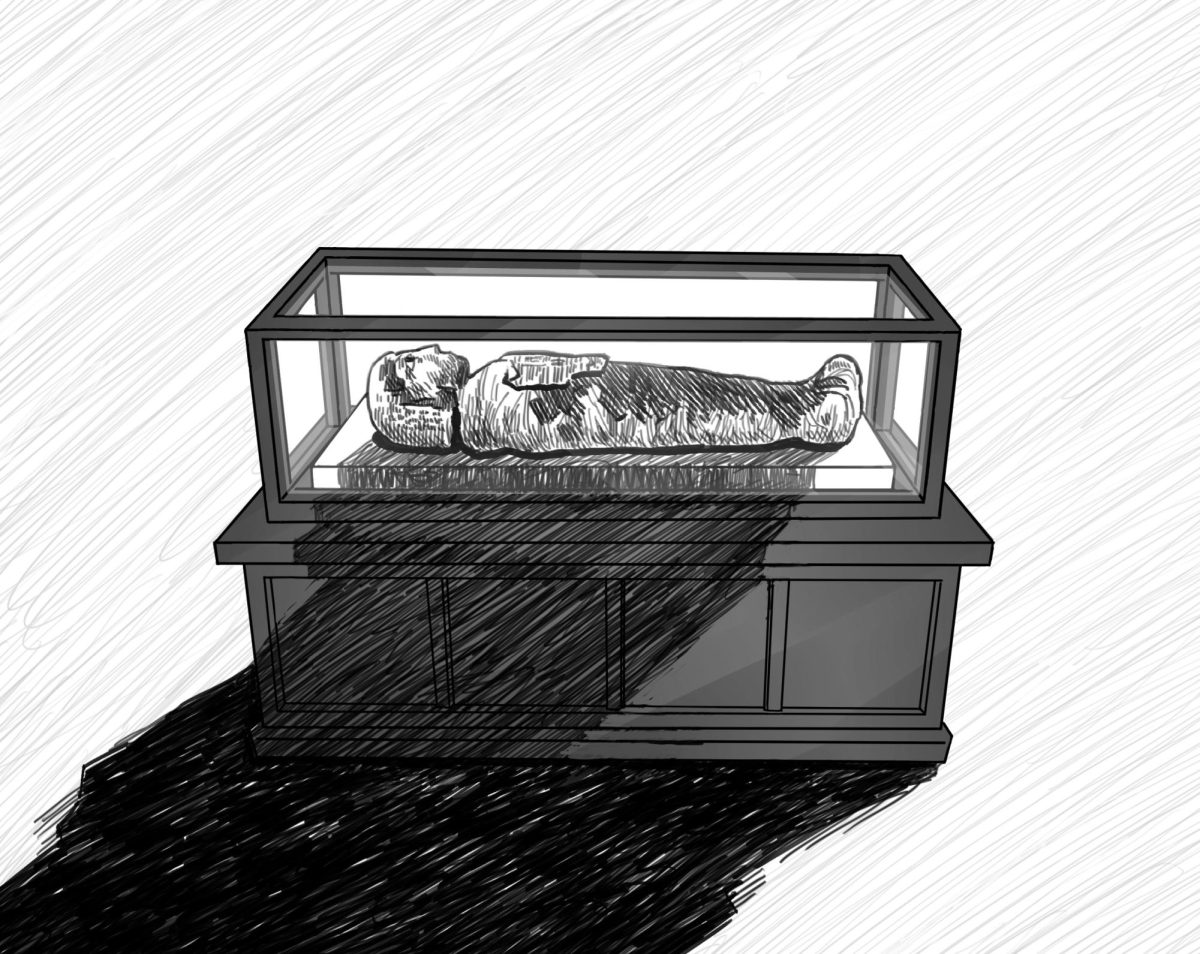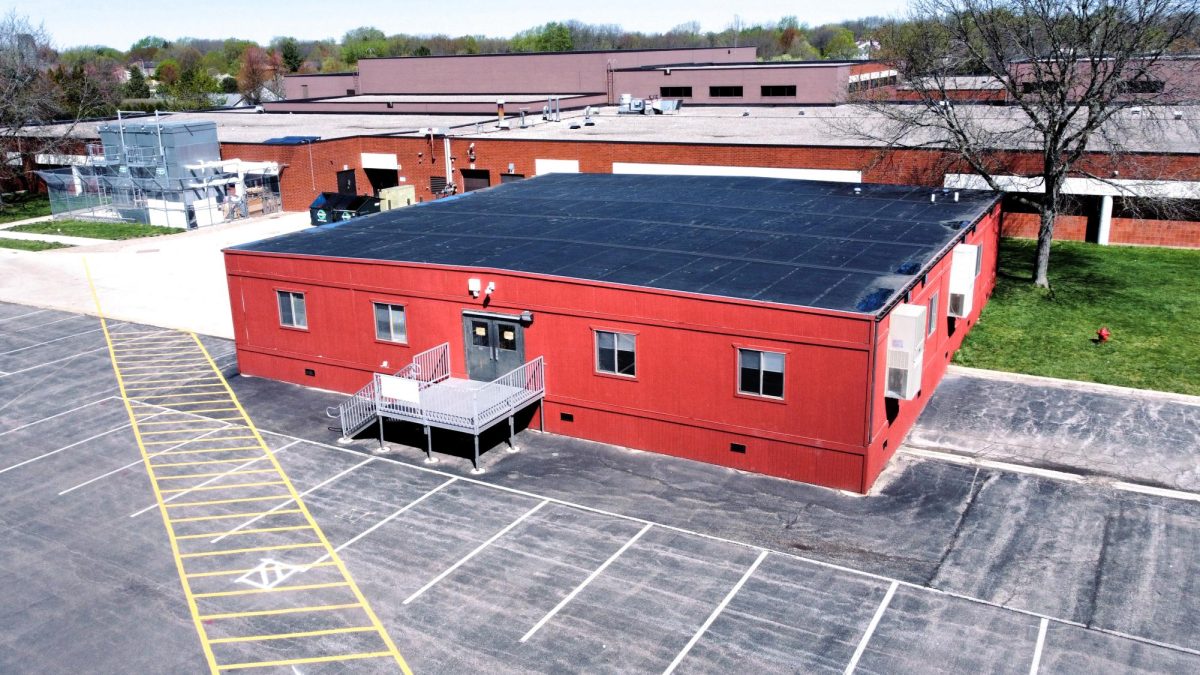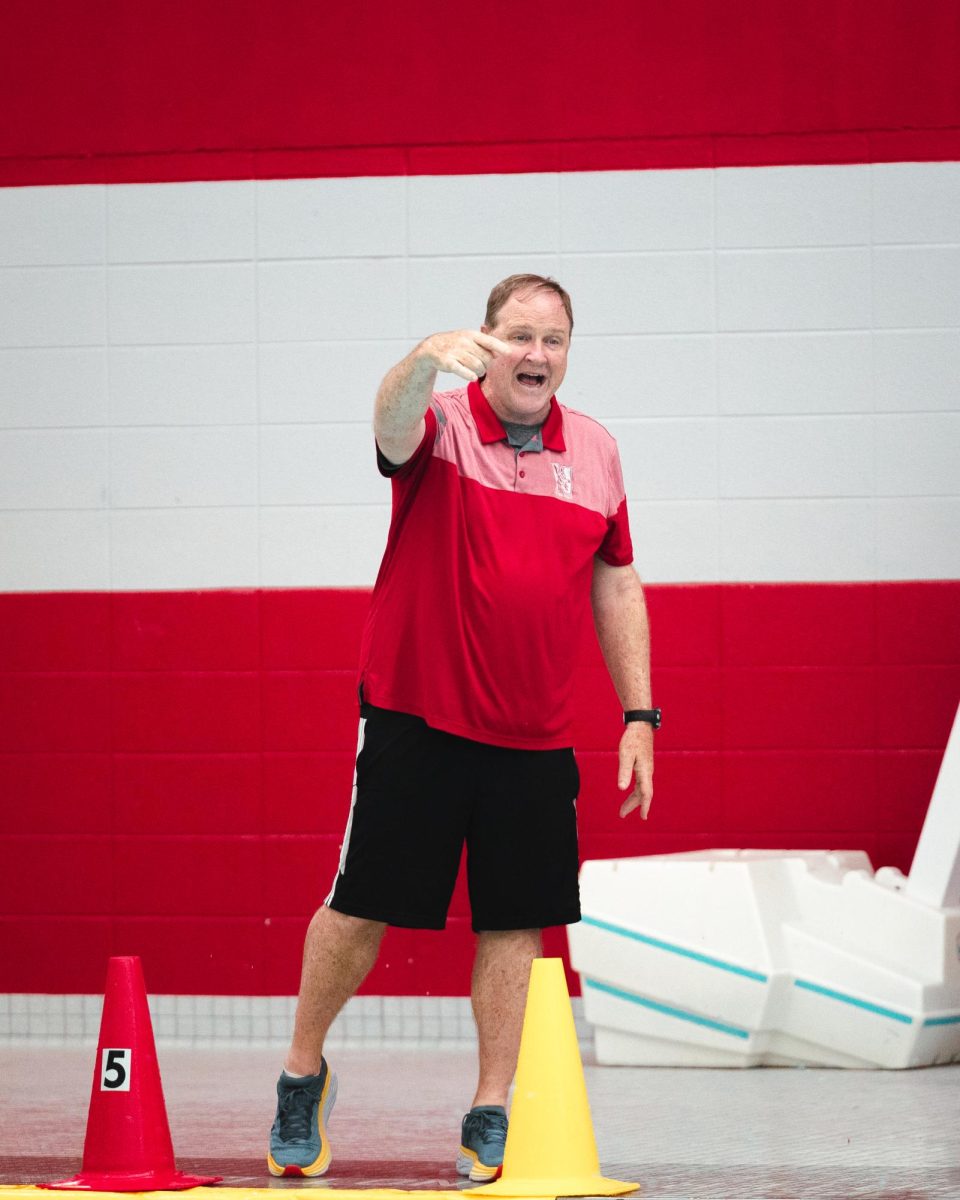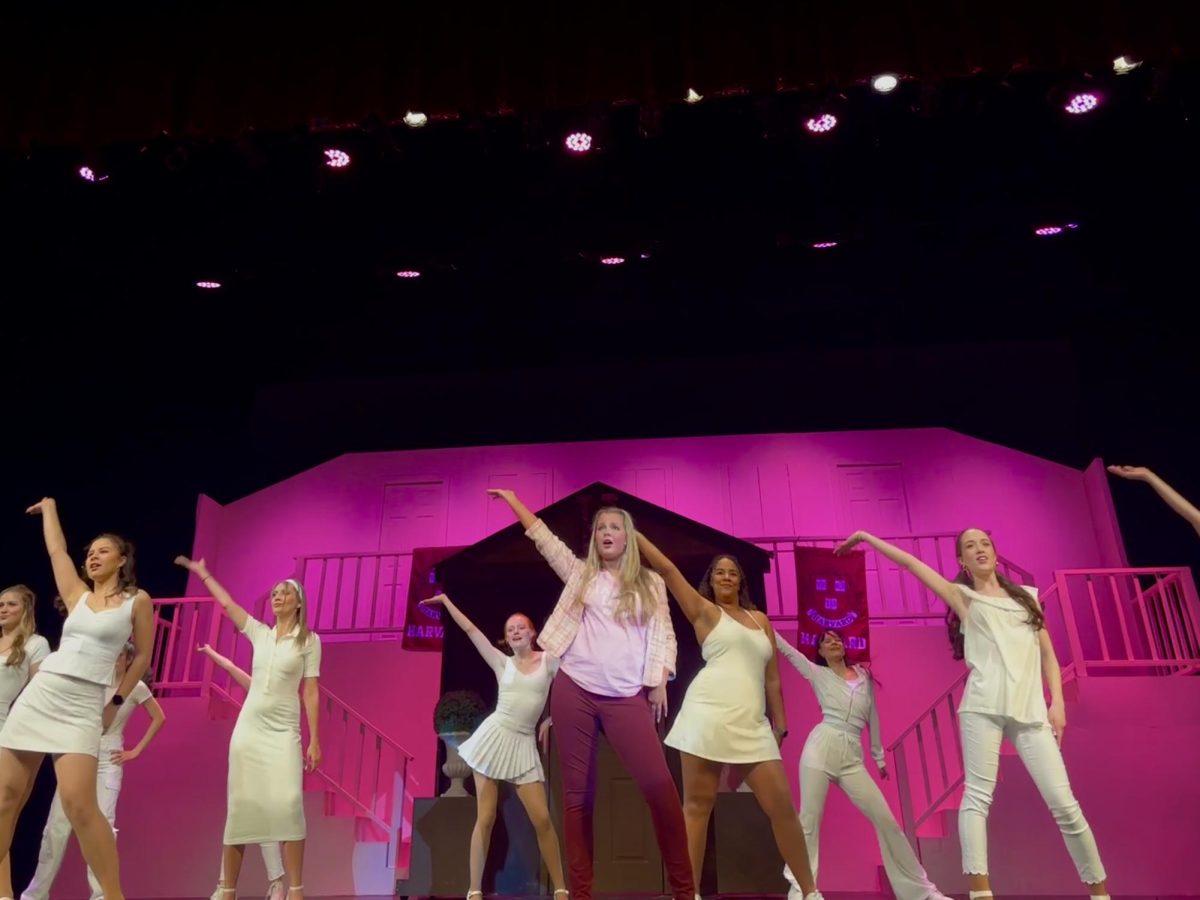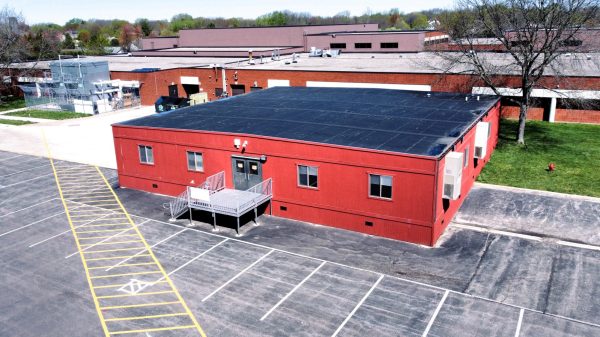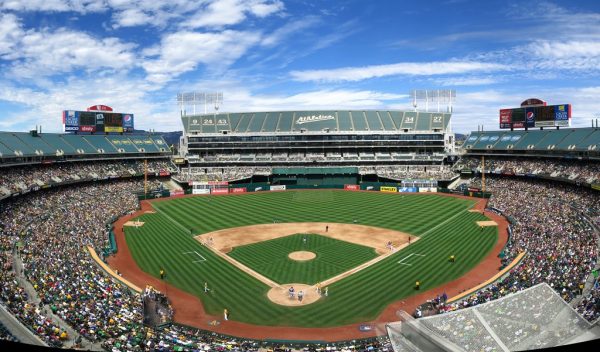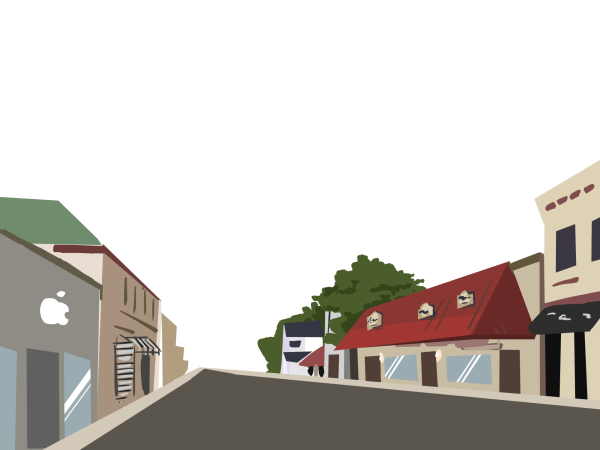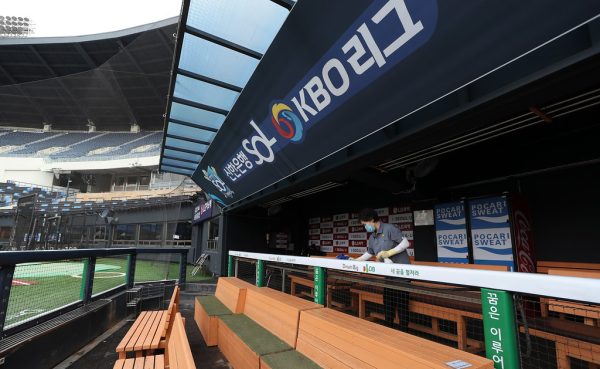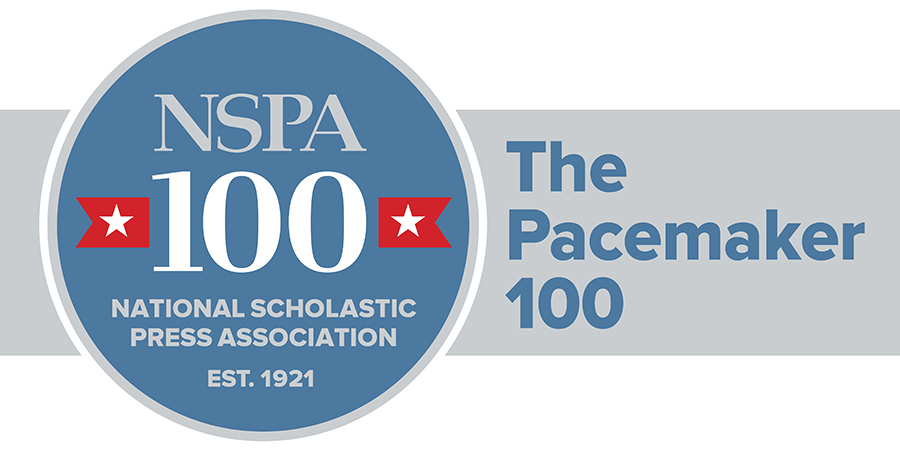Photoshop: When will it end?
April 14, 2014
American Eagle’s lingerie brand Aerie has began a new campaign with non- Photoshop- enhanced models. This has made a remarkable change of pace to today’s society’s perception of beauty. their new campaign, emphasizes that “The Real You is Sexy.” It shows picture of girls with their natural flaws such as stretch marks and untouched stomachs. The real question is, will this phenomenon last? Companies and magazines continue to Photoshop models to make them “picture perfect”, but is this the start of a beauty revolution?
Aerie is not the only company trying to put emphasis on natural beauty. Dove’s campaign called “Real Beauty” launched in 2004. This ad campaign features models of all different sizes, skin colors and ages, showcasing the real beauty of women, which I think is a great way to use the media to show how beautiful people are naturally, and how unnecessary and excessive Photoshop is used in the beauty industry.
Other companies’ ad campaigns have gone a bit too far when it comes to enhancing with Photoshop. In the past, ads with insanely skinny models, and perfect faces are used in the media but not without help of Photoshop. In 2011, Covergirl advertised their “Natureluxe mascara” with a photo of Taylor Swift and her long eyelashes. The ad claimed that the mascara was “20% lighter” and gave “2X the volume.” In reality, those features were only due to Photoshop. The bottom of the picture even stated that the eyelashes had been enhanced. The ad was pulled from production and discontinued for “superior performance claims,” according to the Huffington Post.
The impact that magazines can have on girls can be detrimental, and the damage it can do to your self esteem can be huge. Aerie says they are not going back to Photoshopping. It seems as if Aerie has one of the only ad campaigns like this at the moment. This is a step in the right direction for clothing advertisements, and I hope more brands will begin to follow in Aerie’s footsteps.



